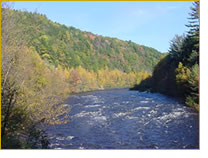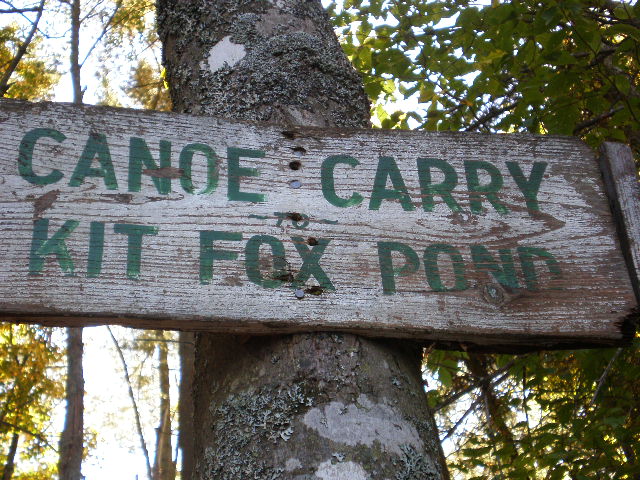 Before paddling any river or creek be sure you are aware of the hazards. Hypothermia, strainers, obstacles, strong current and rapids are a few of the deadly hazards you may encounter while paddling. But don’t be fooled into thinking that a shallow slow flowing river poses no danger because a high percentage of accidents occur on these slow rivers and creeks.
Before paddling any river or creek be sure you are aware of the hazards. Hypothermia, strainers, obstacles, strong current and rapids are a few of the deadly hazards you may encounter while paddling. But don’t be fooled into thinking that a shallow slow flowing river poses no danger because a high percentage of accidents occur on these slow rivers and creeks.
Class 1
This is very easy paddling consisting of very small waves and no major obstacles. There is no major maneuvering required to navigate the river and beginning paddlers can easily handle this river class.
Class 2
There are some waves up to 2 or 3 feet high and maneuvering through obstacles and obstructions will be necessary. Paddlers should have intermediate paddling skills before navigating this class.
Class 3
Waves approaching 5 feet high, navigation through waterfalls and around obstacles will be necessary. Scouting may sometimes be necessary to determine the best route. Suitable for experienced paddlers. Novices should consider running this class in a whitewater raft and with a guide.
Class 4
There are major obstructions and powerful currents. Rescue attempts are frequent and sometimes difficult. This class should be attempted by advanced paddlers in whitewater canoes or kayaks. Inexperienced paddlers should approach this class of rapids with a certified guide. This is not a suitable class of river for canoe camping.
Class 5
For very experienced paddlers only. Very long stretches of rapids. Huge powerful waves. Scouting a route is necessary. Novices should approach this class of rapids with a certified guide. This is not a suitable class of river for canoe camping.
Class 6
Dangerous even to experts. Just don’t do it.

